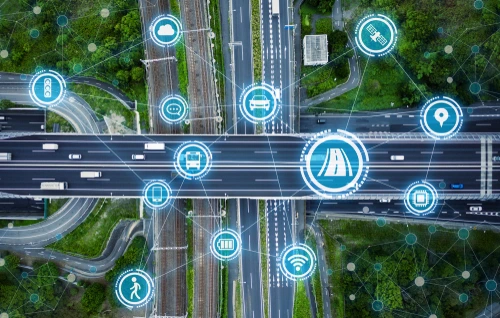
As cities around the world become more populated, it is becoming increasingly important to consider how urban transport can be improved to meet the needs of the people living in them.

The challenge is to find ways to reduce the number of cars on the roads, encourage more sustainable forms of transport, and make cities more liveable and enjoyable places to be.
When it comes to the future of urban transport, there are a number of possibilities.
Driverless cars
Autonomous vehicles, such as driverless cars, are becoming increasingly popular and are a great way to reduce the number of vehicles on the roads.
These cars can be programmed to follow routes that are designed to reduce traffic congestion and pollution, as well as be more efficient and cost-effective.
E-mobility in urban transport
Another option is the use of electric bicycles and scooters, which are becoming increasingly popular in many cities. These vehicles are a great way to get around quickly, while also being environmentally friendly.
Electric bicycles and scooters are also a great way to encourage people to use public transport, as they can be used to bridge the gap between public transport stops and destinations.
Public transport investment
Public transport is also an important part of the future of urban transport. Many cities are investing in improving their public transport networks so that they become more efficient, cost-effective and reliable. This includes investing in better infrastructure, such as better roads, rail networks and buses.
Additionally, many cities are also investing in technology such as digital ticketing and real-time data to make public transport more efficient and user-friendly.
Ride-sharing in urban transport
Finally, the use of shared mobility services, such as ride-sharing, bike-sharing and car-sharing, is becoming increasingly popular. These services are a great way to reduce the number of cars on the roads and make cities more sustainable. They also provide an easy and convenient way for people to get around without having to own their own car.
Autonomous vehicles, electric bicycles and scooters, improved public transport networks, and shared mobility services are all part of the future of urban transport. These solutions are helping to make cities around the world more sustainable, livable and enjoyable places to be.
The author generated this text in part with GPT-3, OpenAI’s large-scale language-generation model. Upon generating draft language, the author reviewed, edited, and revised the language to their own liking and takes ultimate responsibility for the content of this publication.
[Read more: What does AI think the future of cities will be?]






